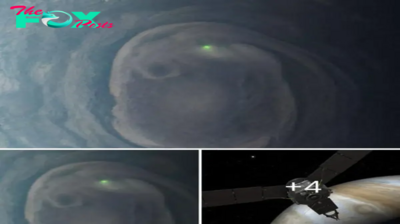Archaeology
Extraordinary Find: Melting Glacier Reveals Fossil of 13-Foot Pregnant Ichthyosaur, Embryos Intact, Unearthed in Patagonia, Chile
The pregnant ichthyosaur fossil dubbed “Fiona” was found near the Tyndall Glacier in Chile’s Patagonia region.

Alejandra ZúñigaExcited archeologists gather around the pregnant ichthyosaur, the first found in Chile.
Finding an intact ichthyosaur fossil is exciting on its own. But the ichthyosaur fossil discovered by paleontologists in Chile is not only intact — it’s pregnant and contains embryos.

The stunning fossil “is the only pregnant ichthyosaur that’s been found on the planet from the era between 129 and 139 million years ago,” Judith Pardo-Pérez, a researcher at the GAIA Antarctic Research Center at the University of Magallanes (UMAG) told Reuters. “So it’s incredibly important.”

Other pregnant ichthyosaur fossils have been found before, Live Science reports. The first pregnant ichthyosaur fossil was discovered in 1749 and described in 1842. But the fossil found in Chile is unique for its age, and is the country’s first complete ichthyosaur.

Pardo-Pérez first came across the fossil in 2009, while working near the Tyndall Glacier in Chile’s Patagonia region. The pregnant ichthyosaur, nicknamed “Fiona” after the Shrek character for its green preservative oxide coating, took 13 long years to excavate due to the remoteness of the region.

But it was well worth the effort. The 13-foot-long female, who lived in the early part of the Cretaceous period, contains several embryos. Researchers say that those will provide a look at the ichthyosaur life cycle.
“We can tell, for instance, how many embryos those species might have had, and how large they were at birth,” Erin Maxwell, an ichthyosaur specialist from Stuttgart, Germany, who helped excavate the fossil, explained to Live Science.

Pardo-Pérez seconded Maxwell. In a statement, she said: “At four meters long, complete, and with embryos in gestation, the excavation will help to provide information on its species, on the palaeobiology of embryonic development, and on a disease that affected it during its lifetime.”

Alejandra ZúñigaExcavating Fiona took 13 years, and paleontologists had to work to protect the fossil from the elements.
Ichthyosaurs, whose name translates to “fish lizards,” swam through ancient seas between 251 million and 95 million years ago, according to Live Science. The smallest of the species was just over a foot long, whereas the largest stretched to almost 70 feet. They resembled dolphins and gave birth to live young.

And Chile’s Tyndall Glacier, where paleontologists found Fiona, is a veritable ichthyosaur graveyard, containing almost 100 fossils.
“The fact that these incredible ichthyosaurs are so well preserved in an extreme environment, revealed by a retreating glacier, is unlike anywhere else in the world,” Dean Lomax, a paleontologist from the University of Manchester working on the study, told the Daily Mail.
“The considerable number of ichthyosaurs found in the area, including complete skeletons of adults, juveniles, and newborns provides a unique window into the past.”

Alejandra ZúñigaThe Tyndall Glacier contains almost a hundred ichthyosaur fossils but the region is so remote that it’s difficult to access and extract them.
But the remoteness of the region means that paleontologists will have to leave most of the ichthyosaur fossils in the ground. Accessing the glacier takes 10 hours on horseback or foot, according to the Daily Mail, and excavating the fossils is a “titanic” task.
“The rock of the outcrop is so hard that it cannot be excavated with a lump hammer, chisel and brush, and we had to cut, drill and break blocks with diamond and high-caliber tools,” Hector Ortiz, one of the excavators, explained.

Plus, Fiona’s fossil is so intact that paleontologists had to remove hundreds of pounds of rock to keep her in one piece. According to Reuters, paleontologists extracted “five blocks” weighing about 440 pounds to keep her bones together.
Her remains, and the remains of 23 other ichthyosaur fossils, were removed via helicopter. However, paleontologists had to leave most of the other ichthyosaur fossils they found behind.
“We have almost a hundred ichthyosaurs in the Tyndall Glacier fossil deposit and many of them, unfortunately, will never be excavated, due to the difficulty of access, being in risk areas (cliff edge), and lack of funds,” Pardo-Pérez said in a statement.
That said, she considers the discovery and excavation of Fiona, as well as the exploration of the region, as an unmitigated success.
“The results of the expedition met all expectations,” Pardo-Pérez told the Daily Mail, “and even more than expected.”
-
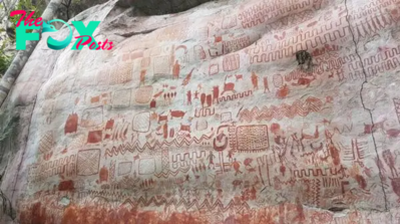
 Archaeology54m ago
Archaeology54m ago12,500-year-old rock art 'canvas' in the Amazon reveals early Americans' connection with wildlife
-
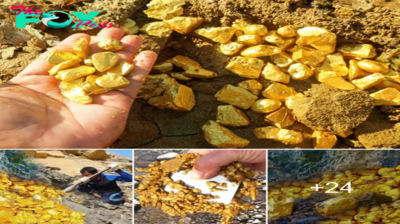
 Archaeology6h ago
Archaeology6h agoA Serendipitous Discovery on the Mountain’s Summit: Unearthing Gold with Our Fortunate Miner.hanh
-

 Archaeology12h ago
Archaeology12h agoPanathenaic prize amphora: A pot brimming with olive oil awarded at the ancient Greek Olympics
-
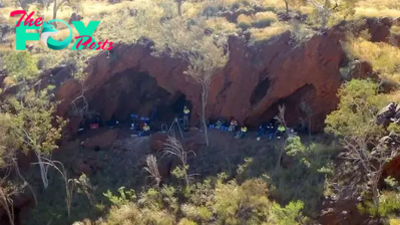
 Archaeology12h ago
Archaeology12h ago47,000 years of Aboriginal history destroyed in mining blast in Australia
-
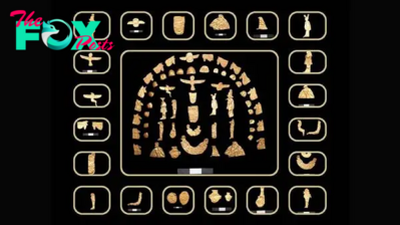
 Archaeology1d ago
Archaeology1d agoStunning ancient Egyptian artifacts discovered in more than 60 burials, including 'ba-birds' and 'eye of Horus'
-
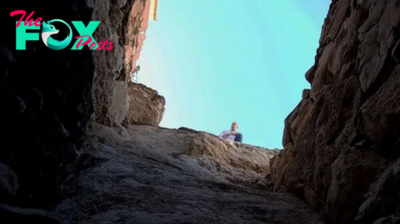
 Archaeology2d ago
Archaeology2d agoMoat that protected ancient Jerusalem's royalty discovered near parking lot
-

 Archaeology2d ago
Archaeology2d agoThese Lucky Discoverers Found a Gold Treasure: Here’s Their Story.hanh
-
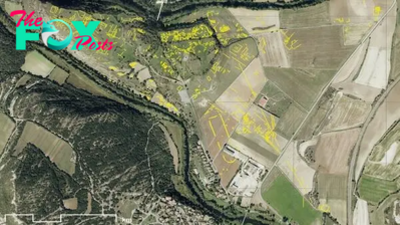
 Archaeology3d ago
Archaeology3d agoLasers reveal Roman-era circus in Spain where 5,000 spectators watched horse-drawn chariot races






